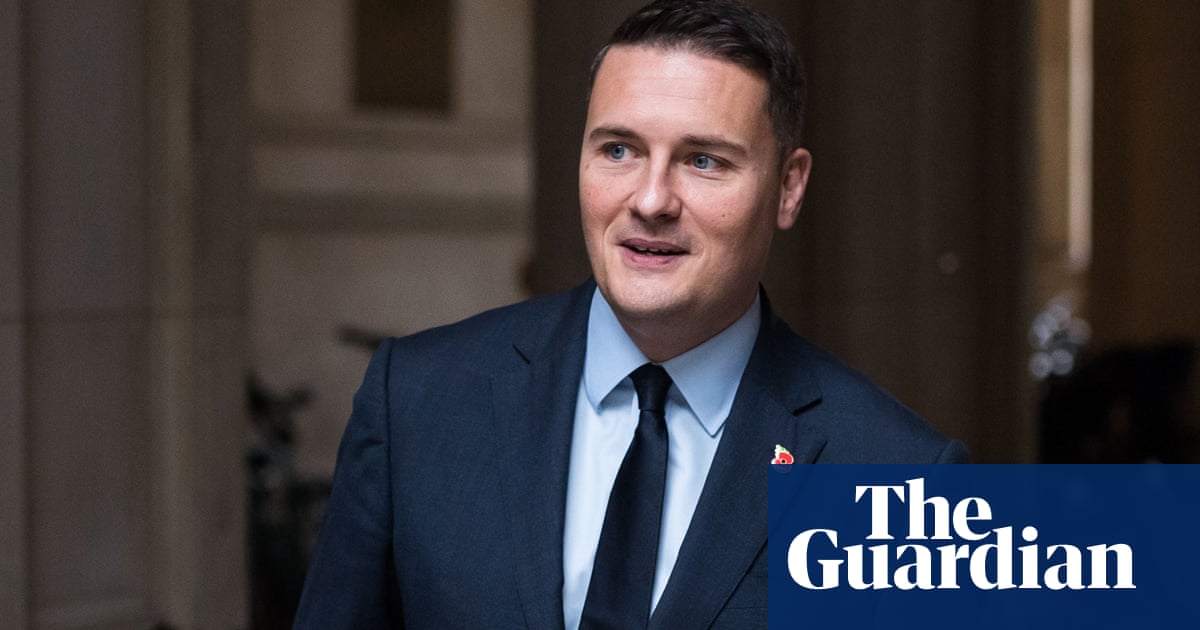Keir Starmer’s pledge to “bring back the family doctor” is in doubt because more and more patients will not see a GP over the next 10 years, according to research.
By 2034, qualified GPs in England will deliver just 70% of all appointments at surgeries, down from the 90% who did so as recently as 2015, the analysis forecasts.
Patients will increasingly see another type of health professional, such as a nurse, physiotherapist or pharmacist, when they visit their practice, Frontier Economics predicts.
Rising demand for care driven by the ageing population and a rise in lifestyle-related illnesses, together with the trend towards family doctors working less than full-time hours, will mean GPs are unable to hold a consultation with everyone who wants to see them.
Matthew Bell, the Frontier Economics director who led the research, said the government would have to help the public understand that traditional access to a GP would become harder to obtain in the future.
The prime minister and Wes Streeting, the health secretary, have repeatedly promised to “bring back the family doctor” as a vital part of their plan to revive the NHS. But, said Bell: “Under current plans the experience of visiting your GP in the future will be different to what many think of as their family doctor. With rising demand and current workforce plans, the proportion of GP appointments that are filled by a qualified GP is falling and will be even lower 10 years from now.”
Ministers must therefore “get the public onboard so that they understand they may be seen by a wider range of experts in the future. Many more primary care appointments will no longer a qualified GP.”
Frontier’s findings are in line with research published last month in BMJ Open. It concluded that the NHS in England was heading for a “tipping point” after which GPs would carry out fewer than 50% of all consultations, because there were too few of them to meet the demand for care.
NHS plans to restore previous levels of access to GPs were beset by “risks and challenges”, Frontier found. Even under a best-case scenario – where the NHS long-term workforce plan produces a much greater number of GPs and the Pharmacy First scheme results in more patients with minor ailments seeing a pharmacist instead – growing ill-health would leave a “gap” between the demand for and supply of GP care.
Helen Morgan, the Liberal Democrats’ health and social care spokesperson, said that the NHS needed 8,000 more GPs to facilitate the “return of the family GP”. “It is worrying to see that fewer and fewer patients will be able to see the family GP in years to come unless we act now,” she added.
after newsletter promotion
Morgan said that everyone should be able to see a GP within a week, or within 24 hours if it was urgent, and she called for the return of the “named GP” so those with complex needs could see the same doctor at every consultation.
“The Labour government need to tackle this crisis now by recruiting 8,000 more GPs across the country so we can see the return of the family GP and so that our NHS can be saved,” she added.
A Department of Health and Social Care (DHSC) spokesperson said the government had inherited “a broken NHS, with general practice being neglected for years. We’re determined to work with the NHS to fix the front door of our health service and ensure everyone can access GP services.”
Streeting has pledged to hire an extra 1,000 GPs by the end of March to improve access. He had also put an extra £311m into the GP contract for this year, the DHSC said.
.png)
 1 month ago
2
1 month ago
2









 English (US) ·
English (US) ·